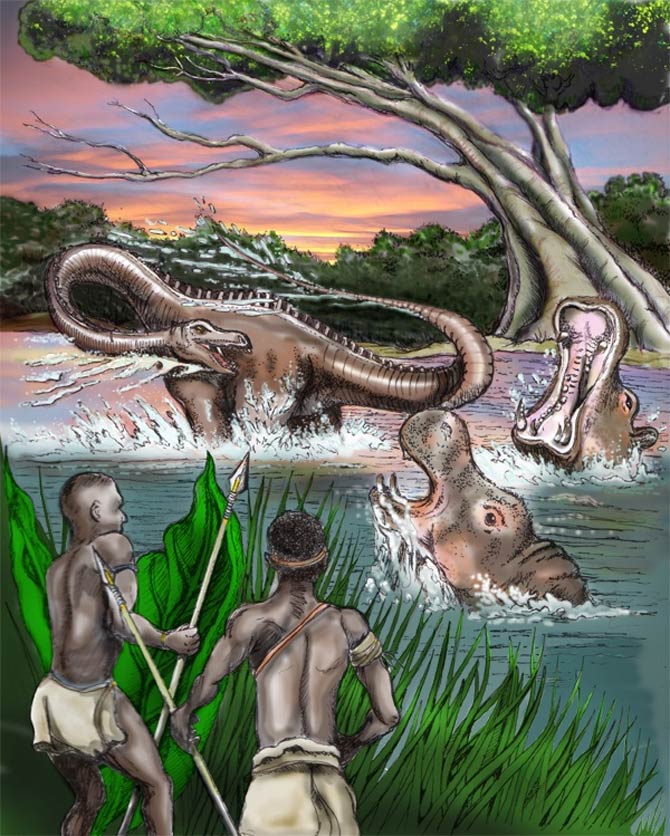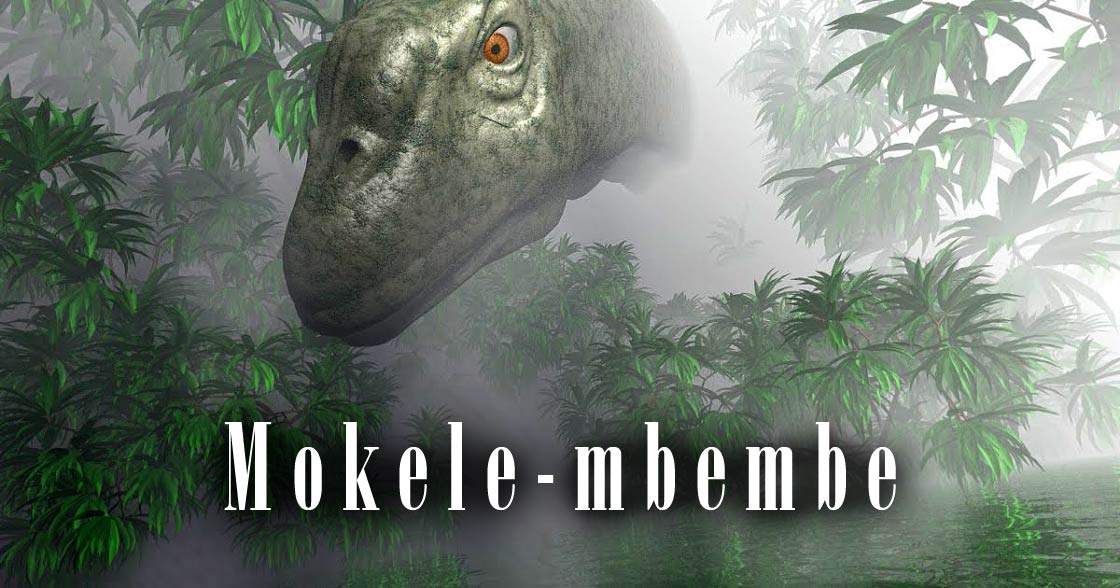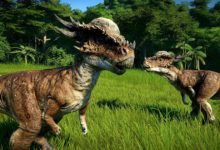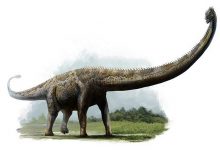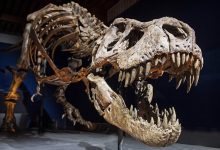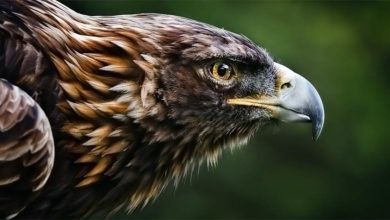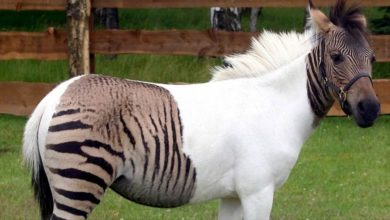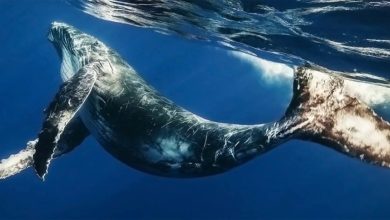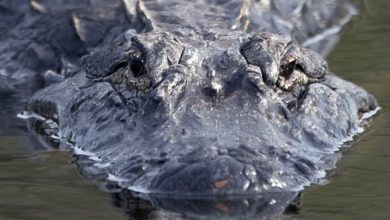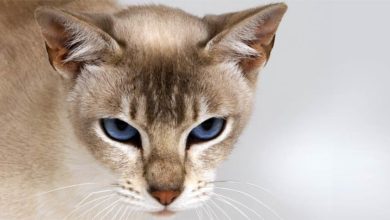Mokele-mbembe – a dinosaur in Africa?
Mokele-mbembe – do dinosaurs live in Africa?
In the novel “The Lost World”, Arthur Conan-Doyle described a plateau where dinosaurs were to survive. Is it really possible that huge lizards still live somewhere in the world? Some say it is Mokele-mbembe, a mysterious animal allegedly inhabiting marshy areas in the Congo Basin.
Mokele-mbembe in Lingala means “one who stops the flow of rivers” to emphasize the size of the animal. He is to live in the vast, overgrown, hard-to-reach marshes. Mokele-mbembe is supposed to be a huge animal with a long neck, four thick legs, and a powerful tail. This description does not fit any of the animals alive today, but is associated with the sauropod dinosaurs. For this reason, Mokele-Mbembe is of interest to cryptozoologists.

How the African monster was known
The first detailed description of this animal was found in the book “Beasts and Men”, an autobiography of the then famous German hunter Carl Hagenbeck. He mentioned in Rhodesia (now Zimbabwe) “half-elephant – half-dragon” as described by researcher Joseph Menges.
Hagenbeck concluded that it might be a kind of brontosaurus-like dinosaur. Another Hagenbeck source was the German filmmaker and hunter Hans Schomburgk, who brought news from a trip to Lake Bangweulu about a huge animal that could kill a hippo. He noted, however, that the animals in the stories of the natives are often exaggerated. Nevertheless, as more and more skeletons of extinct animals, often of enormous size, were discovered in those days, reports of a possible dinosaur were met with great interest – numerous newspapers wrote about him on both sides of the Atlantic.
Finally, in 1959, Willy Ley, one of the pioneers of cryptozoology, wrote the book Exotic Zoology, in which he wrote the memoirs of Captain Ludwig Freiherr von Stein, who in 1913 inspected German colonies in Africa. Von Stein testified that the natives spoke of the existence of an animal called Mokele-Mbembe.
The captain claimed that he had obtained the descriptions from many people who had no contact with each other, and the stories complemented and confirmed each other. They talked about an animal living in a swamp with smooth, brown-gray skin, much larger than an elephant. It was supposed to have a long neck and a protruding tooth on the head (some sources spoke of a horn), and a muscular tail. The animal has been known to react nervously to passing boats and capsize them, but it does not kill people because it feeds on plants. The creature would rest in caves and pits along the rivers, and at dusk, it would go out to feed.
In order to find the mysterious animal, von Stein organized a research expedition, but did not see it. However, he mentioned that he had seen the foraging of an animal much larger than the known mammals of Africa. The guides indicated the plants that were to be the Mokele-mbembe delicacy; von Stein himself saw the path allegedly trodden by this animal.
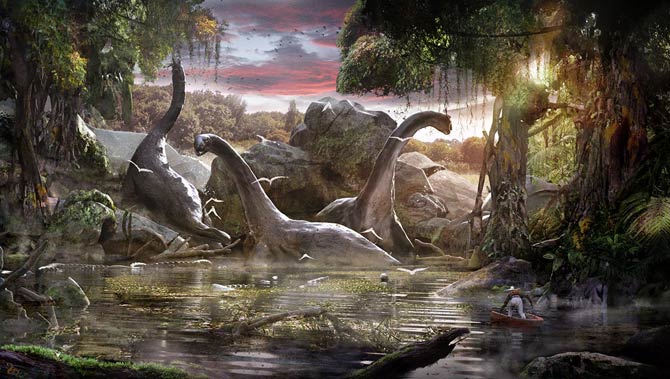
Assessment attempt
Since then, there have been expeditions to find “one who stops the flow of rivers”, but no one has succeeded. Apart from some questionable testimonies or blurred and unreliable photos, none of the researchers saw the mysterious animal. However, the natives still mention him. So what can Mokele-mbembe be?
Elephant
As early as 1927, the British ivory trader Alfred Aloysius Smith tried to unravel the mystery of the “African dinosaur”. He was keenly interested in the stories of the natives, wanting to find the legendary “burial ground” – a place where elephants were supposed to go at the end of their lives (at that time it was not considered a myth). The natives told him about the huge creature – according to Smith, it was about elephants whose appearance had been changed in the stories.

Rhinoceros
In 2001, the BBC commissioned the series “Congo”, in which there were interviews with members of the Aka tribe. They also believe in the existence of Mokele-mbembe. When they were shown drawings of African animals – including those that do not exist in the Congo Basin today – they pointed out a rhino. In the past, rhinoceros did appear in the area inhabited by this tribe – so it is possible that the encounters with them survived in the stories passed down from generation to generation. Mokele-mbembe in this case is therefore a myth based on the memory of past events.
What about the natives of other tribes claiming to have seen Mokele-mbembe with their own eyes? The most likely option seems to be that their stories are about an elephant. This is evidenced by the fact that in most descriptions there is information about protruding teeth or horns, as well as the long neck of the animal – it can be assumed that in the eyes of the natives it may be a proboscis.
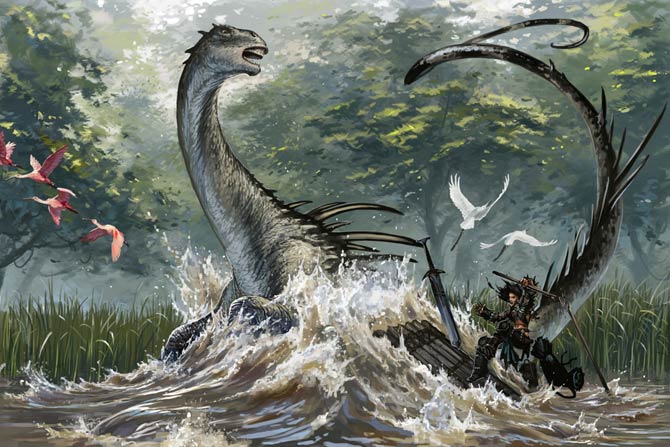
So what is Mokele-mbembe?
The fact that the natives know what an elephant looks like (a forest elephant is found in the same areas) does not change the fact that in the stories of hunters there are often fantastic additions. Besides, a hunter surprised in the forest by a huge animal may later, while talking about the event, exaggerate its size. As the story is passed on, other elements are distorted, e.g. the proboscis turns into a long neck with a tiny head, and tusks – into horns.
In this way, an elephant encountered on a hunt, irritated by a boat, transforms into a huge Mokele-mbembe, who furiously attacked the hunters. And this is what seems to be the most likely explanation for the mystery animal.
So does Mokele-mbembe really exist?
In a sense, the answer is “yes”, although it is not, as many would like, a dinosaur. It is very likely that if someone went in search of “one who stops the flow of rivers” following the directions of the natives, he would find an elephant. It is doubtful, however, that lovers of cryptozoology would easily come to terms with it. After all, they say, the Congo Basin has been relatively poorly explored, and who knows what surprises still await scientists.
